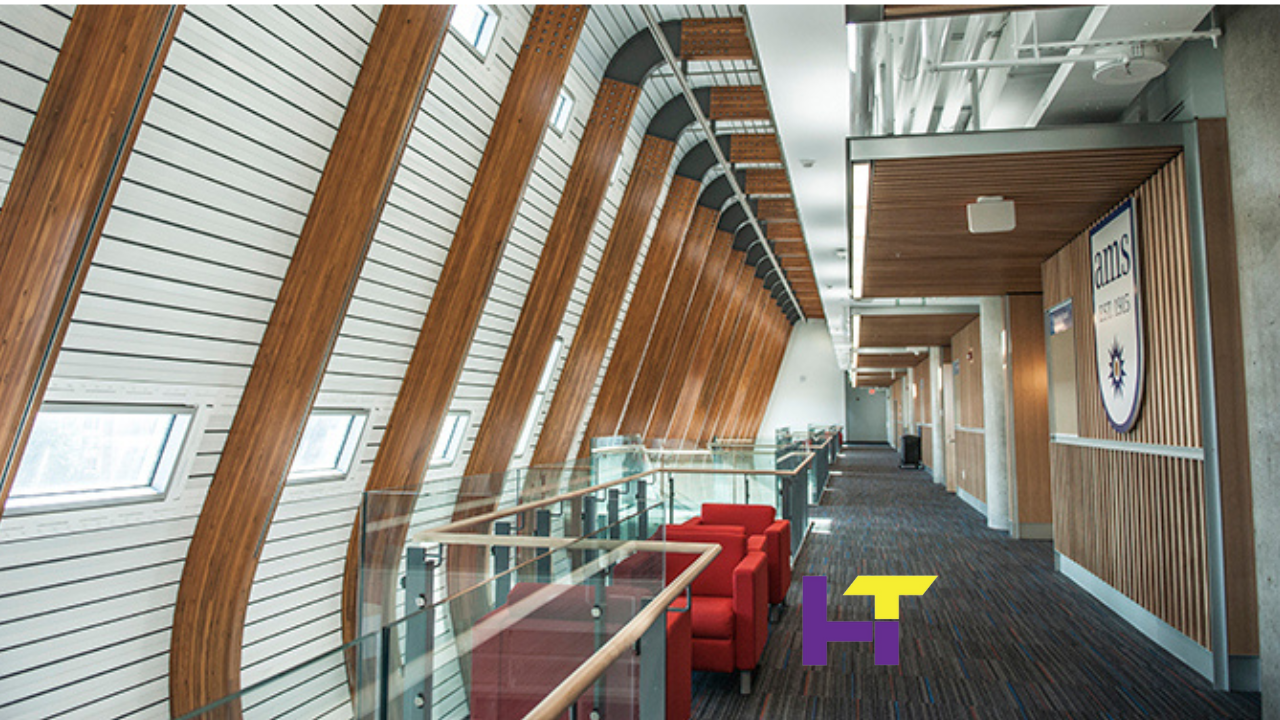Harmonizing Spaces: The Role of Acoustic Planning Consultants in Architectural Design

In architectural design, the focus often concerns visual aesthetics, spatial functionality, and structural integrity. However, one crucial element that can significantly impact the overall experience within a built environment is frequently overlooked – acoustics.
How sound interacts within a space can profoundly influence its atmosphere, functionality, and user comfort. This is where acoustic planning consultants play a pivotal role in harmonizing spaces, ensuring that the auditory environment aligns seamlessly with the intended purpose and design aesthetics.
Understanding Acoustics in Architecture
In the realm of architecture, understanding and harnessing the principles of acoustics is pivotal for creating environments that resonate with harmony.
This section explores the fundamental concepts of acoustics in architecture, shedding light on how architects navigate the auditory landscape to craft spaces that communicate effectively and harmoniously.
1. The Impact of Sound on Human Experience
Before delving into the role of acoustic planning consultants, it’s essential to grasp the significance of acoustics in architectural design. Sound profoundly impacts human emotions, well-being, and overall experience in a given space.
Whether it’s a concert hall, office, residential building, or educational institution, how sound behaves within these environments can shape the users’ perceptions and interactions.
2. The Challenges of Modern Architectural Trends
Contemporary architectural trends often favor open, flexible spaces featuring glass, concrete, and steel. While these designs contribute to a visually appealing aesthetic, they also present challenges in terms of acoustics.
The increased use of hard surfaces can lead to issues such as reverberation, echoes, and poor speech intelligibility, compromising the functionality of a space.
The Role of Acoustic Planning Consultants
Acoustic planning consultants are pivotal in shaping the auditory environment within architectural spaces. Their expertise goes beyond visual aesthetics and structural design, delving deep into the intricate realm of sound.
In this section, we explore the multifaceted role of acoustic planning consultants and their invaluable contributions to the success of architectural projects.
1. Collaborating with Architects and Designers
Acoustic planning consultants work with architects and designers from the conceptualization phase to the project completion.
Through collaborative efforts, they integrate acoustic considerations into the design process, addressing potential challenges and optimizing the auditory environment for the intended use of the space.
2. Customizing Solutions for Diverse Spaces
Not all spaces have the exact acoustic requirements. A concert hall demands different acoustic treatments than a corporate boardroom or a residential living room.
Acoustic planning consultants specialize in tailoring solutions to the unique needs of each space, taking into account factors such as size, purpose, and the desired acoustic ambiance.
3. Utilizing Cutting-Edge Technology
Advancements in technology have revolutionized the field of acoustic planning. Consultants leverage state-of-the-art tools and simulations to model and predict how sound will behave within a given space.
This allows for a more precise and practical approach to acoustic design, ensuring that the final result aligns with the initial vision.
The Process of Acoustic Planning
Acoustic planning is a meticulous and dynamic process involving carefully orchestrating various elements to create spaces with optimal sound quality.
This section dissects the critical stages of the acoustic planning process, shedding light on the intricacies of transforming architectural spaces into harmonious auditory experiences.
1. Site Analysis and Assessment
Before the design process begins, acoustic planning consultants thoroughly analyze the site. This includes assessing existing acoustic conditions, identifying potential noise sources, and understanding the surrounding environment.
This foundational step lays the groundwork for developing targeted solutions that address specific challenges.
2. Design Integration
Once the site analysis is complete, consultants work closely with the architectural team to seamlessly integrate acoustic elements into the design.
This involves selecting appropriate materials, incorporating sound-absorbing surfaces, and strategically placing elements to optimize sound diffusion and reflection.
3. Continuous Evaluation and Refinement
Acoustic planning is an iterative process that involves continuous evaluation and refinement. Consultants conduct aural tests and simulations throughout the construction phase to ensure that the implemented solutions align with the initial design goals.
This dynamic approach allows for adjustments based on real-world conditions, guaranteeing the best possible acoustic outcome.
The Future of Acoustic Planning in Architecture
As the architectural landscape evolves, so does the realm of acoustic planning. The future promises a harmonious blend of innovation and soundscapes driven by technological advancements and a global exchange of ideas.
In this section, we explore the emerging trends and potential transformations that will shape the future of acoustic planning in architecture.
1. Technological Advancements in Acoustic Design
As technology advances, the tools available to acoustic planning consultants become more sophisticated.
Virtual reality simulations, artificial intelligence algorithms, and advanced acoustic modeling software empower consultants to visualize and predict auditory outcomes with unprecedented accuracy.
This not only enhances the efficiency of the design process but also allows for more precise customization to meet the unique needs of each project.
2. Sustainable Acoustic Solutions
With a growing emphasis on sustainability in architectural design, acoustic planning consultants are exploring eco-friendly solutions.
From utilizing recycled materials in acoustic panels to designing energy-efficient soundproofing systems, the focus is on creating environmentally conscious designs without compromising performance.
This intersection of sustainability and acoustics represents a promising avenue for the future of architectural design.
READ MORE
Conclusion
In the intricate tapestry of architectural design, acoustics emerge as a vital thread that weaves together the sensory experience of a space. Acoustic planning consultants are pivotal in ensuring that the auditory environment aligns seamlessly with the intended purpose and design aesthetics through their expertise and collaborative approach.
As we look towards the future, integrating advanced technologies and sustainable practices in acoustic planning promises to redefine how we perceive and design built environments. Harmonizing spaces is not just a matter of visual appeal; it’s a symphony of sound that elevates the human experience within architectural marvels.



